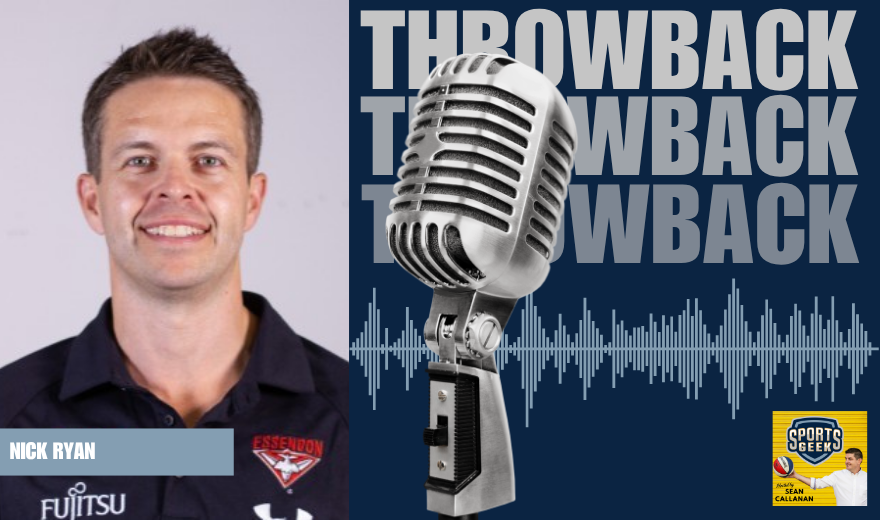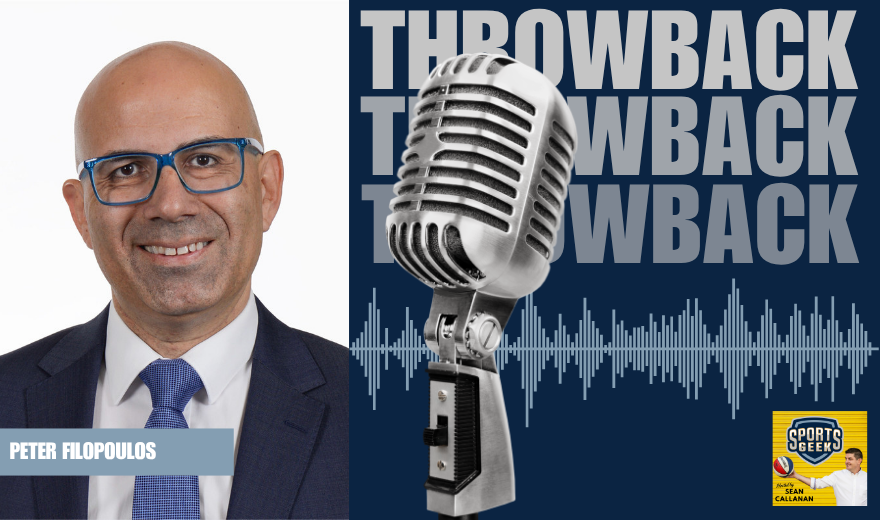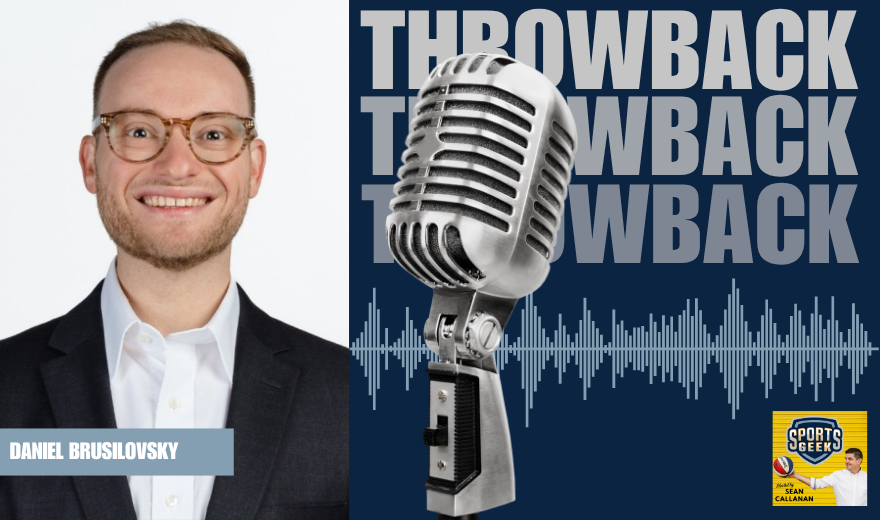This transcript has been lightly edited by AI
Sean: So one of the things that keeps sports administrators awake at night is, where's our next fans?
Sean: Like, these guys love us, or this group loves us. But you know, what does the 8-year-old, what are they gonna be watching in 20 years? What does the 14, 15, 16-year-old are they gonna be engaged in five years time? So, and you know, so it's in this fan development, you've sort of spoken about this future of the fan thing previously.
Sean: Does it keep one, does it keep you up at night and what do you do to sort of mitigate that?
Nick: Yeah, big time. Big time. That's, and the reality of our sport is, you know, the primary fan is sort of that 25, 30 mark up to 55. Is that core segment that you have there? Yep. Where we need to really drive that message home is in the youth market.
Nick: You know what's, it's not just about 18 year olds, it's not 16 year olds. It is this fan of the future and it's not just about the dad that's still coming and bringing his young kids along. Yep. How do we excite them? Yeah. How do we make this product relevant for them when there is so much colour and noise?
Nick: You know, there is so much sport in Australia, there's so much to get to and there's so
Sean: much people pitching, you know, at them, either as a participation point of view, whether it's, oh, you can do a cricket program or a football program or an AFL or, and so they're trying to one, develop them as potentially as a player.
Sean: They've got that twofold thing. And as a fan,
yeah.
Sean: It's tough 'cause you can't say, Hey, little Jimmy hop in, hop in the car. Yeah, that's do a hot
Nick: lap. That's right. Does dad have a million bucks to go racing? And that's from a couple of points there. Participation is challenging in our sport because it is expensive and, you know, the realities of this sport is, you follow the pathway if you were wanting to be a driver is, you know, a typical go-kart.
Nick: Yep. Now a top level go-kart team is spending a hundred grand a year. Yep. You go to a formula forward product. After that you're spending 200 grand a year. You go to a development series product, which now feed a series or a Porsche product, you're spending four or 500 grand a year. Then if you're trying to get into, as a young kid going to main series you, it can cost you a million bucks a year to get your seat.
Nick: Now this is, this happens everywhere in Motorsport around the world. It's a very expensive sport to go and compete. So the fact of participation for us is a challenge. You know, we don't have the ability to go to the oval and get out there and you kick around with your kids and, you know, they feel the leather.
Nick: Yep. And have that first go at it. So the programs such as eSports is a real opportunity for us. Yeah. And the sport is starting to have a serious crack in that space. There's a lot of opportunity for us because it is a sport that is relevant. You know, you can for one, you can go that virtual to reality route.
Nick: Yep. I'll touch on that a little more in a second. But, you know, it's different from, you know, people play a FIFA or whatever, or NBA on their games. They're not suddenly going to go play NBA. Yeah. And that's not gonna work. Or, you know, in the other forms of eSports counterstrike or League of Legends or whatever exists there, you know, there's no relative aspect to that where Motorsport is really different and Motorsport games are enormous in Australia.
Nick: Yeah. They're enormous globally and
Sean: and they're effectively training you potentially to get into a car
Nick: and it's being proven. Yeah.









